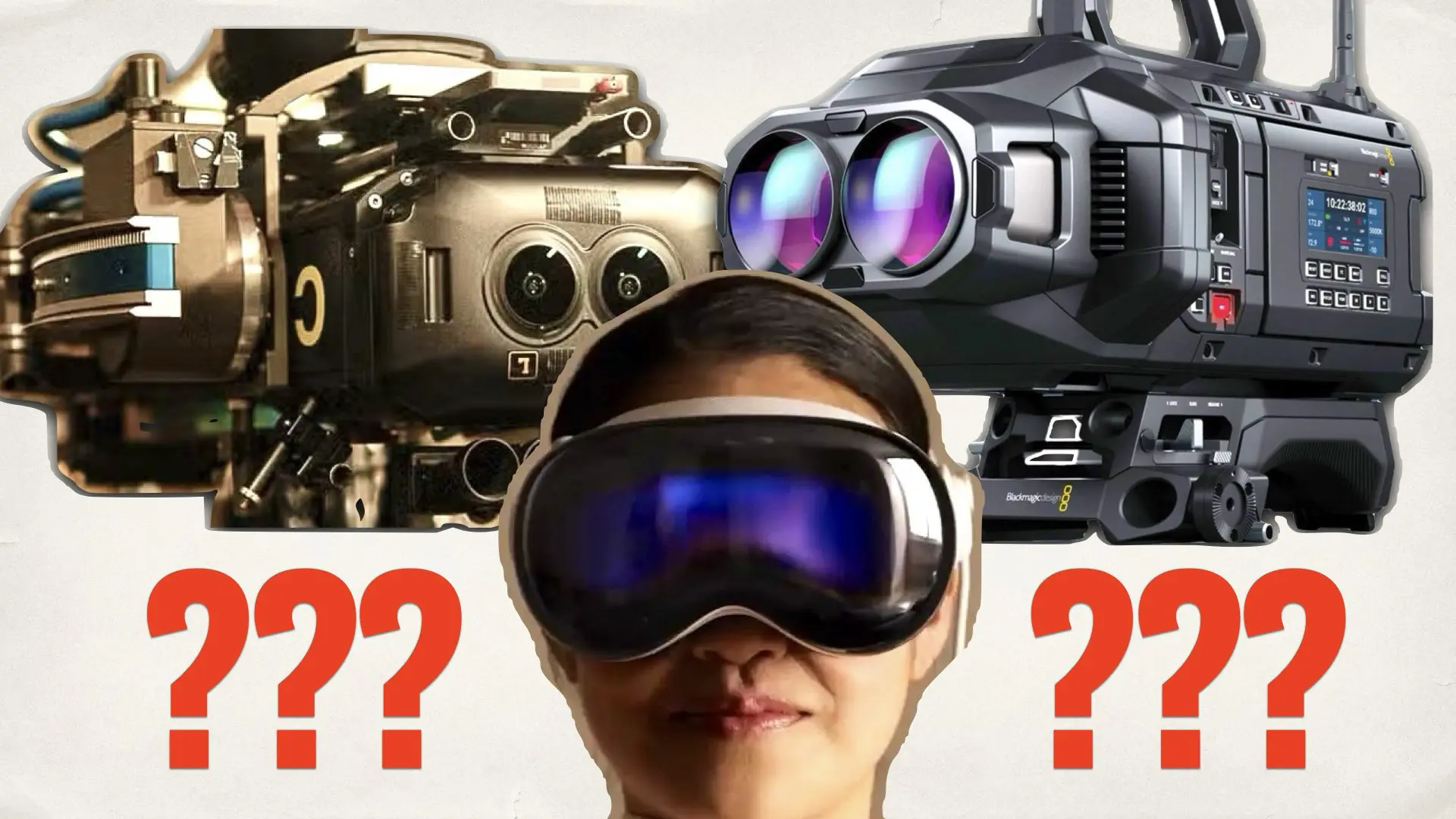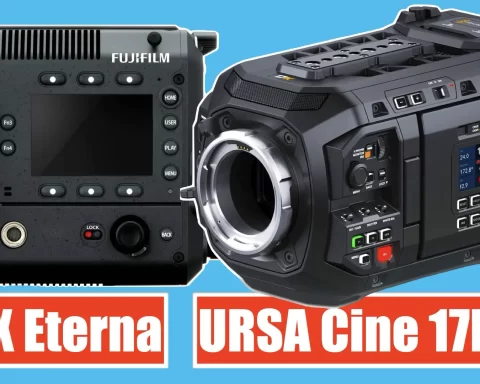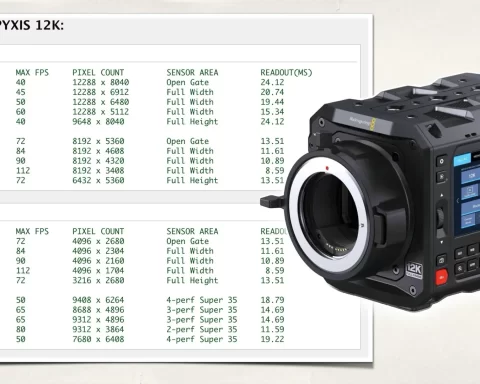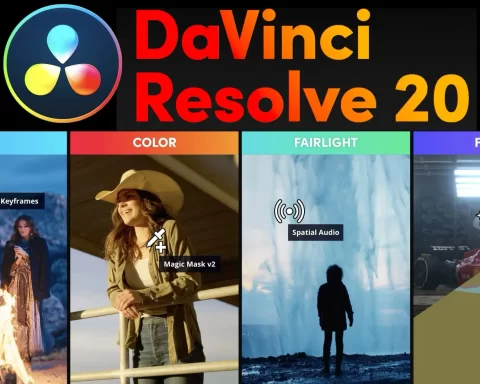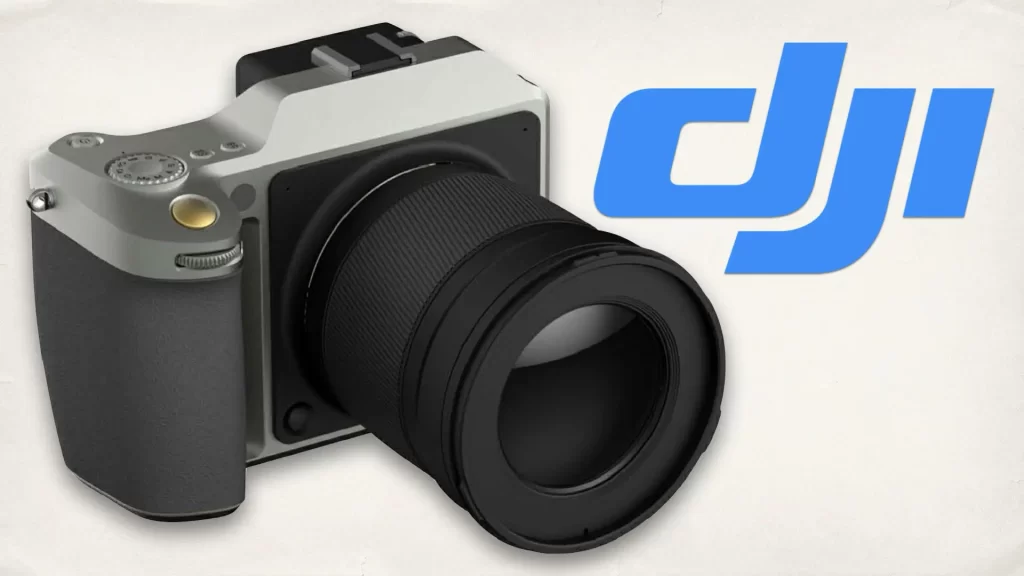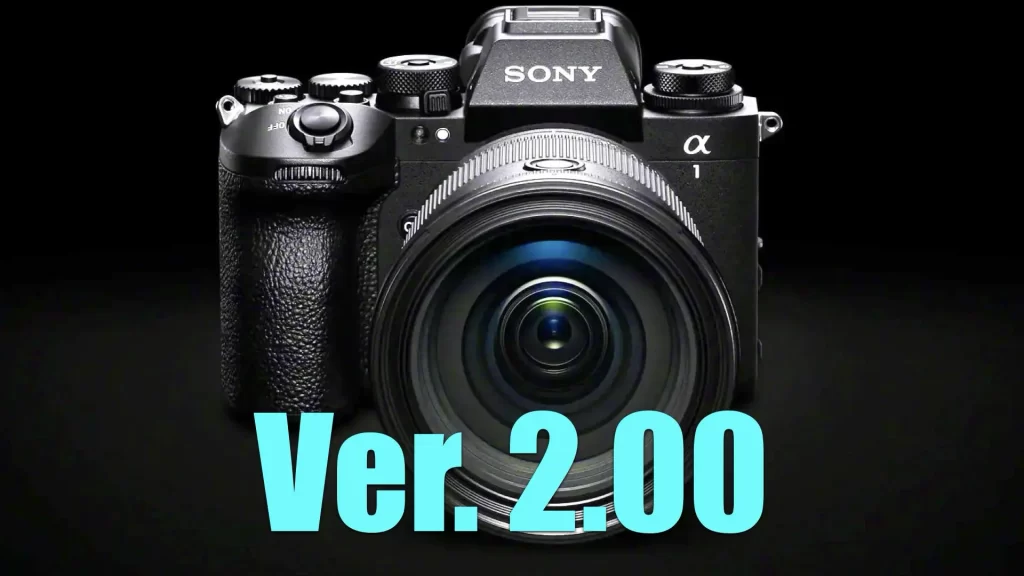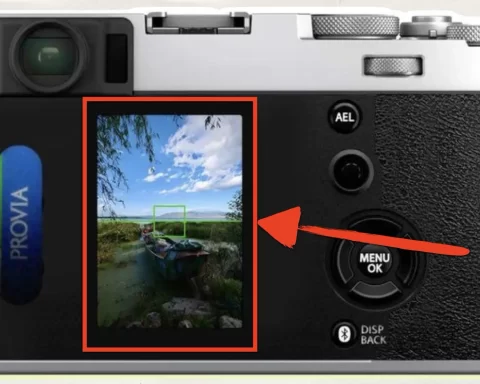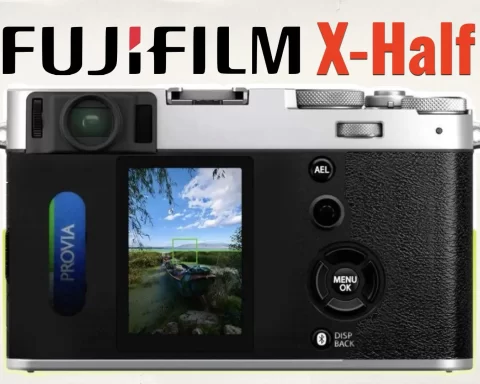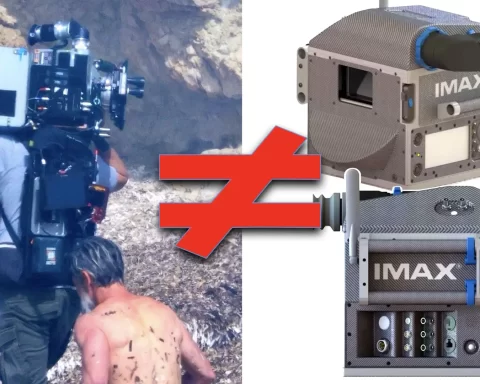Apple’s Vision Pro, once heralded as the future of immersive experiences, is now a case study in unmet potential and market missteps. Designed to revolutionize content consumption and creation, the Vision Pro faced significant obstacles, particularly in the filmmaking and content creation communities. This article delves into the challenges of immersive 3D cinema, the shortcomings of Apple’s device, and the broader implications for AR/VR technologies.

The Apple Vision Pro may not hold the title of Apple’s “most failed product,” but it is likely to be viewed as one of the company’s most challenging ventures in recent years.
The Vision Pro’s Promises and Pitfalls
When Apple introduced the Vision Pro, it positioned the device as a groundbreaking tool for both entertainment and productivity. With features like spatial computing and immersive 3D video capabilities, the Vision Pro targeted professionals and creators who could push the boundaries of storytelling. However, the high price of $3,499, combined with technical and usability issues, made it inaccessible to the masses. Despite its technological prowess, the Vision Pro struggled to deliver on its promises. Eye strain, headaches, and discomfort—as detailed in this article—led to a wave of returns, even among Apple’s most loyal customers. Furthermore, researchers raised concerns about potential health and cognitive implications, as outlined here.
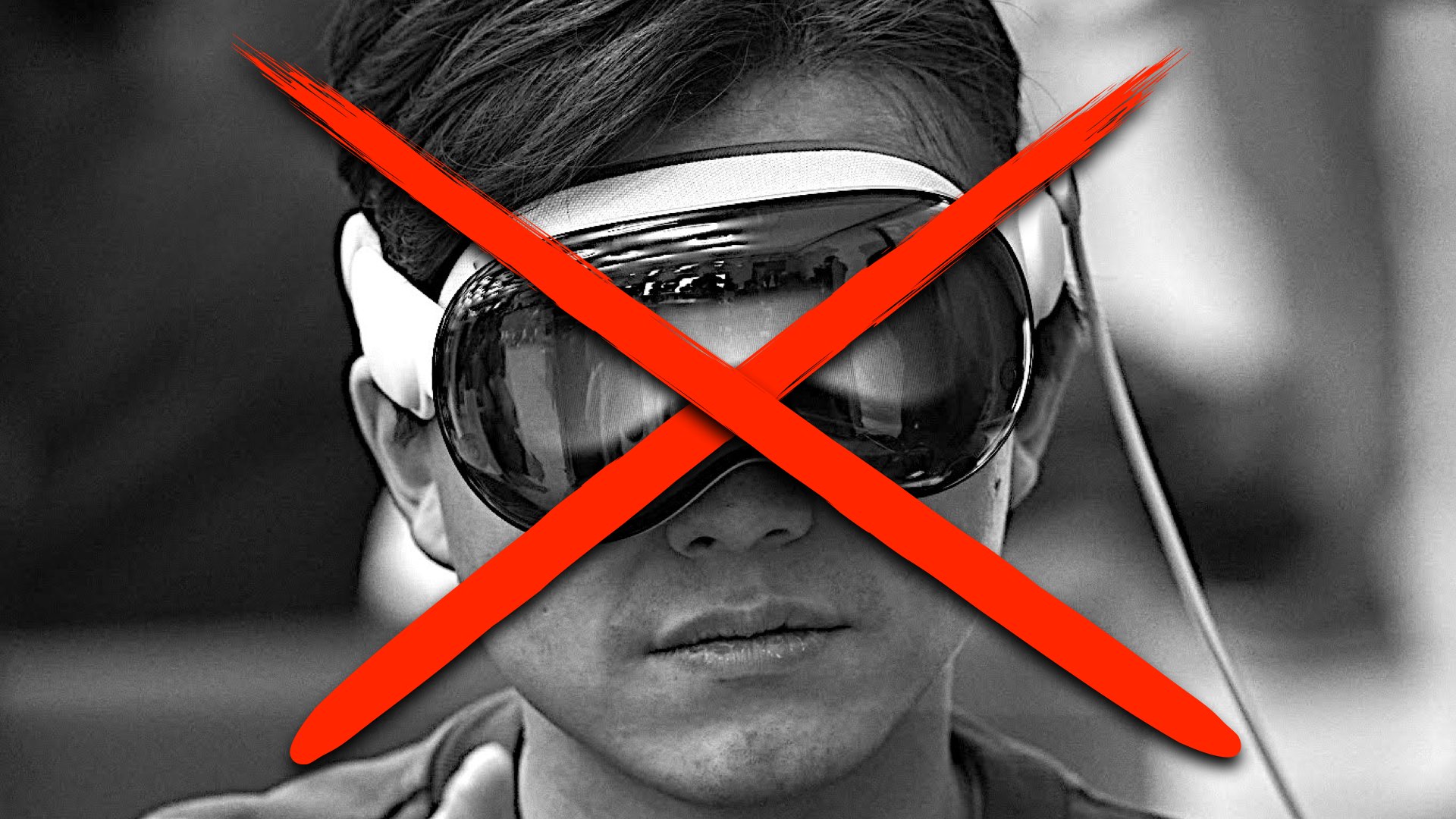
It’s not “Apple’s most failed product” but…
The Apple Vision Pro may not hold the title of Apple’s “most failed product,” but it is likely to be viewed as one of the company’s most challenging ventures in recent years. Here’s why:
Key Challenges of Vision Pro
- High Price Point: As explained, at $3,499, the Vision Pro was out of reach for many consumers, limiting its adoption to a niche market.
- Limited Use Cases: Despite being a technically advanced product, the Vision Pro failed to offer compelling everyday use cases that justified its high cost for most users.
- Market Readiness: The mixed-reality market is still in its infancy, and the Vision Pro may have been too ahead of its time, similar to other products that failed due to premature launches.
- Content Ecosystem: The Vision Pro lacked a robust library of applications and experiences to make it a must-have device for consumers and professionals alike.
Comparisons with Other “Apple’s most failed products”
- Newton MessagePad (1993): This PDA is often cited as one of Apple’s biggest failures due to its high price and technological limitations. However, it laid the groundwork for future successes like the iPhone.
- iPod Hi-Fi (2006): A premium speaker system that failed to resonate with consumers, leading to its discontinuation after a year.
- HomePod (2018): While not a failure, the original HomePod struggled with a high price and competition from more affordable smart speakers.
Will Vision Pro Join This List?
The Vision Pro’s discontinuation after just one generation and limited market penetration might position it as a significant setback for Apple, but it doesn’t necessarily make it the “most failed” product. Apple is reportedly working on a second-generation version, which could potentially redeem the product line if it addresses the shortcomings of the original.
Legacy of the Vision Pro
If Apple eventually succeeds with augmented and mixed-reality devices, the Vision Pro could be remembered more as a learning experience or a stepping stone than a complete failure. Much like the Newton’s role in paving the way for the iPhone, the Vision Pro could inspire future innovations in AR/VR technology.
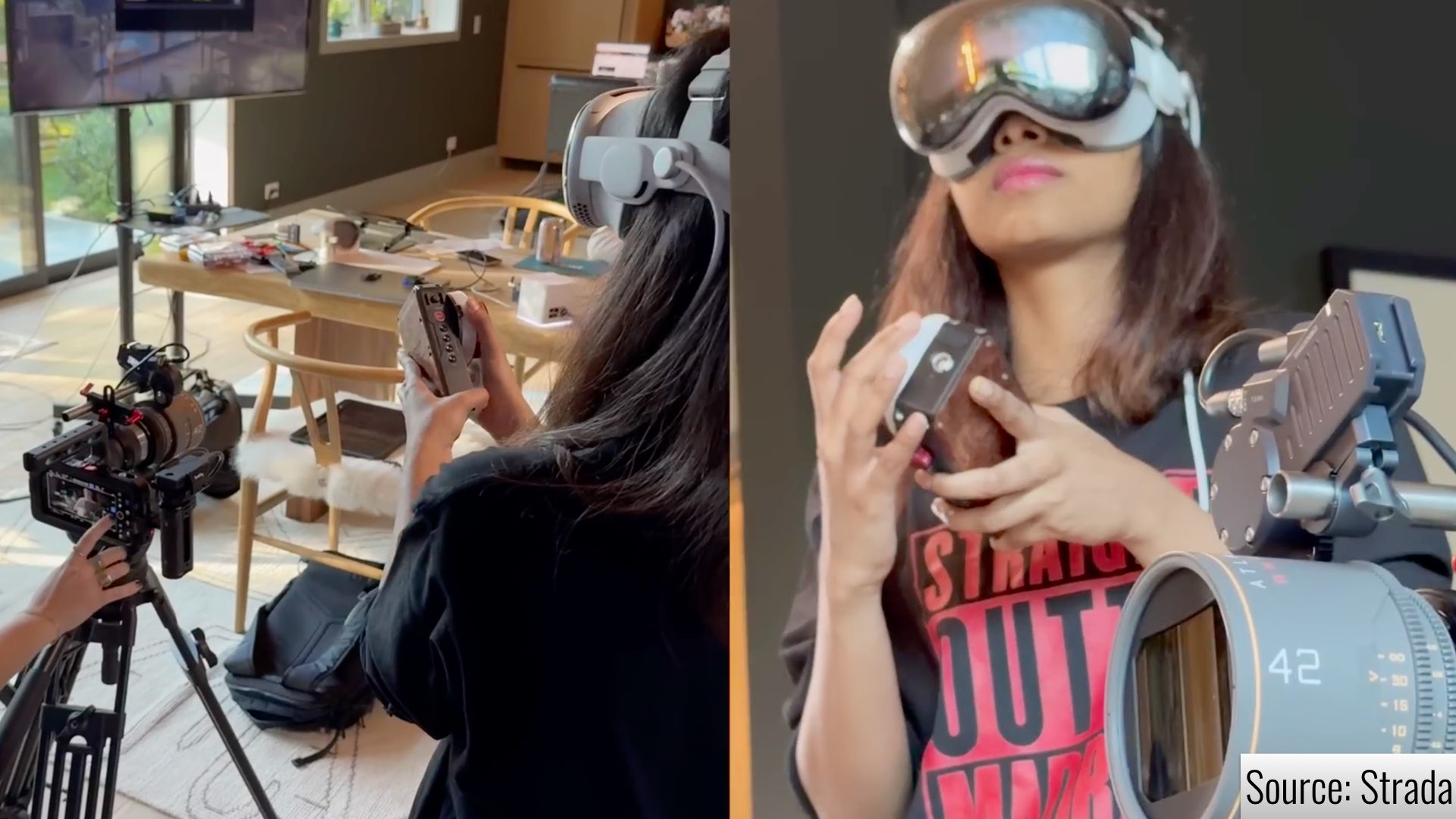
Historically, 3D cinema has faced resistance due to the inconvenience of wearing glasses or headsets, which detracts from the viewing experience.
Immersive 3D Cinema: A Persistent Struggle
The Vision Pro’s failure mirrors the broader challenges of immersive 3D cinema. Despite innovations like Apple’s 8K 3D cinema camera and Blackmagic’s URSA Cine Immersive 8K 3D, the format has struggled to gain mainstream acceptance. Historically, 3D cinema has faced resistance due to the inconvenience of wearing glasses or headsets, which detracts from the viewing experience. These 3D cinema cameras (and yes – we do think that the Apple 8K 3D Cinema Camera is NOT the URSA 8K Cine Immersive – we do think that these are two different cameras – but we can be wrong about it!) represent significant technological achievements. Apple’s 8K 3D camera was designed to capture highly immersive visuals, enabling filmmakers to experiment with spatial storytelling. Blackmagic’s URSA Cine Immersive 8K 3D took a similar approach but emphasized flexibility and affordability. These cameras offer creators the ability to produce stunning, high-resolution 3D imagery suitable for both cinematic and virtual platforms. Here are some BTS footage of Apple 8K 3D Cinema Camera (and again – we don’t think the URSA Cine Immersive sits inside this rig):
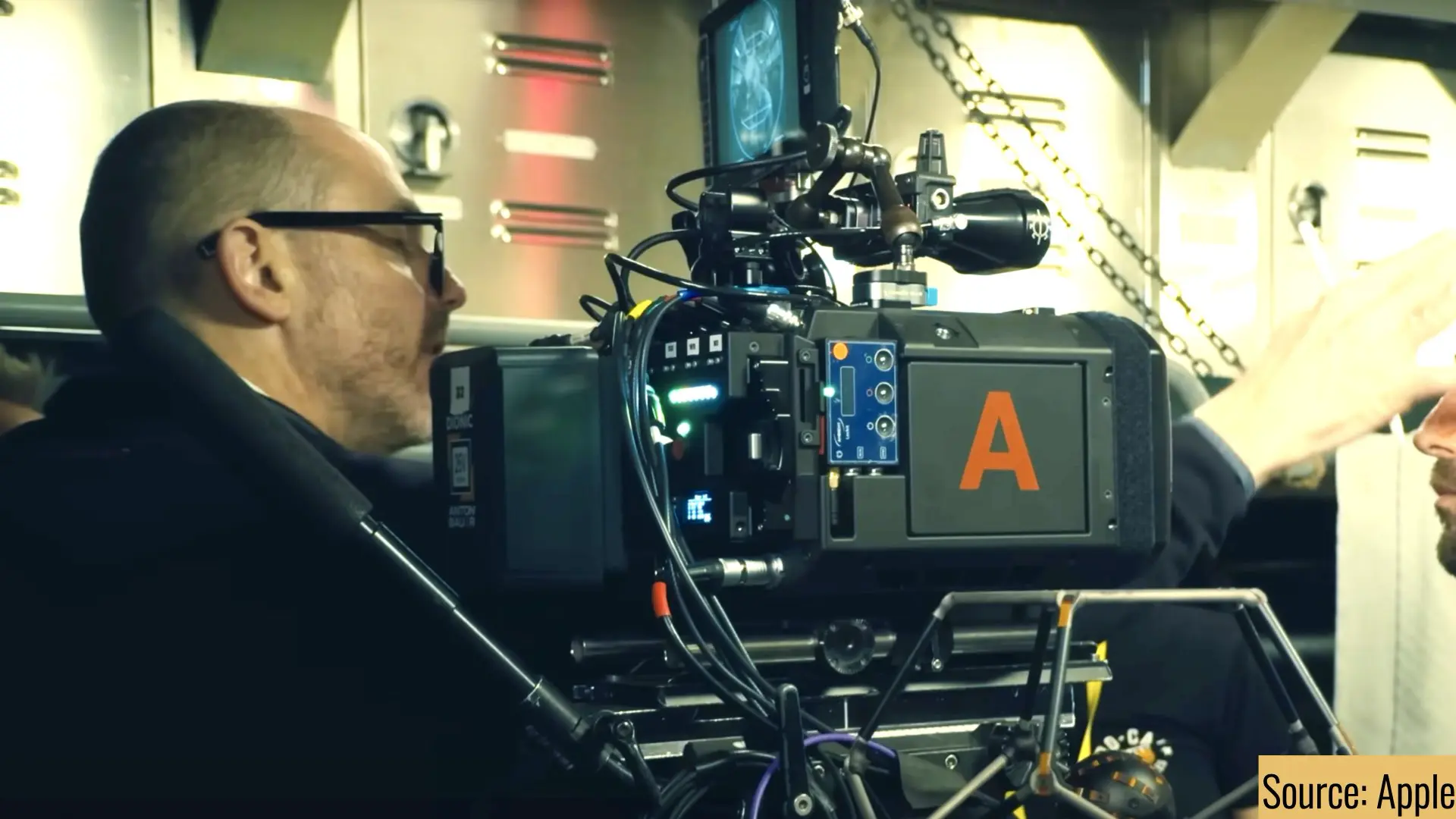
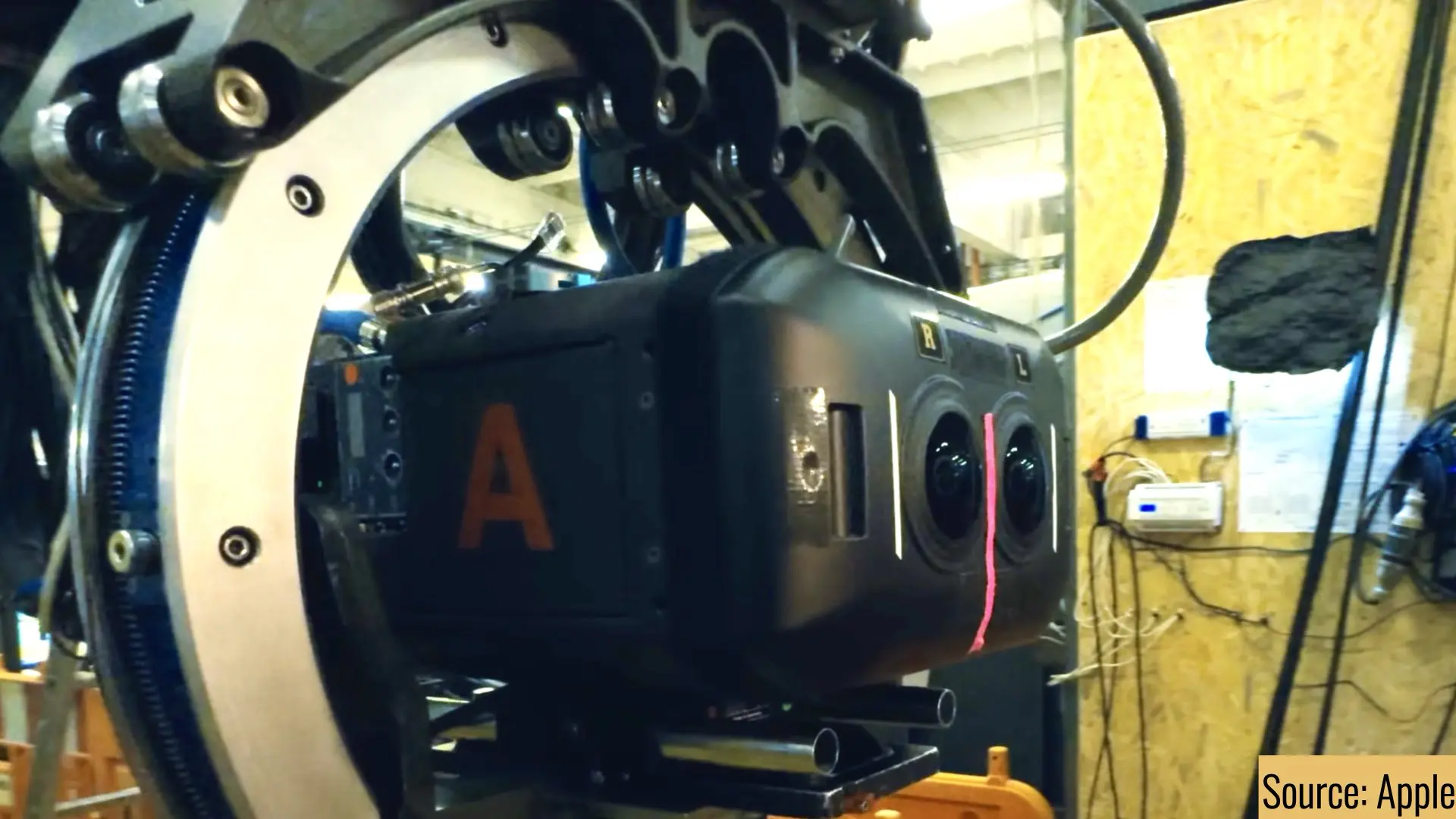
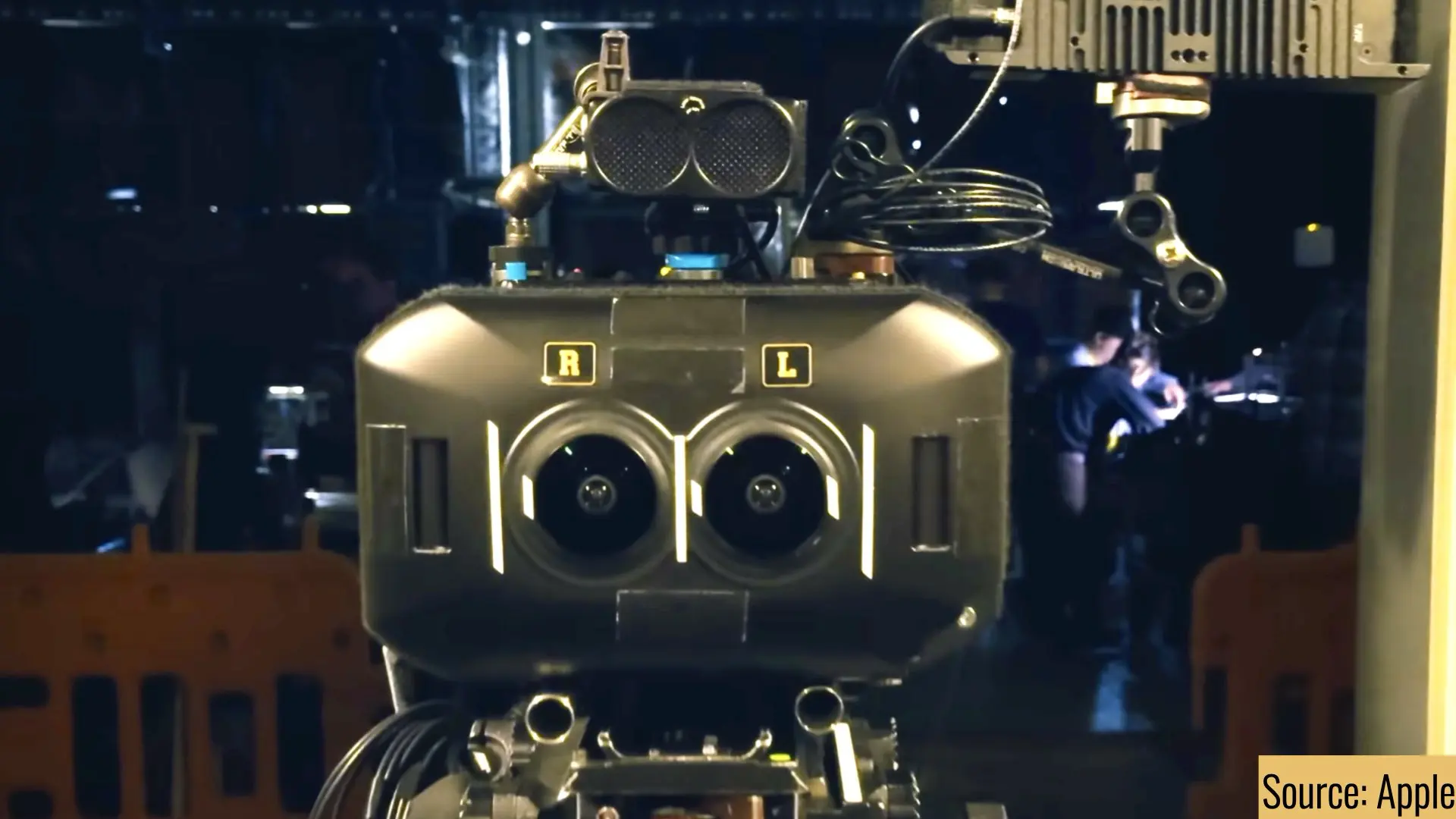
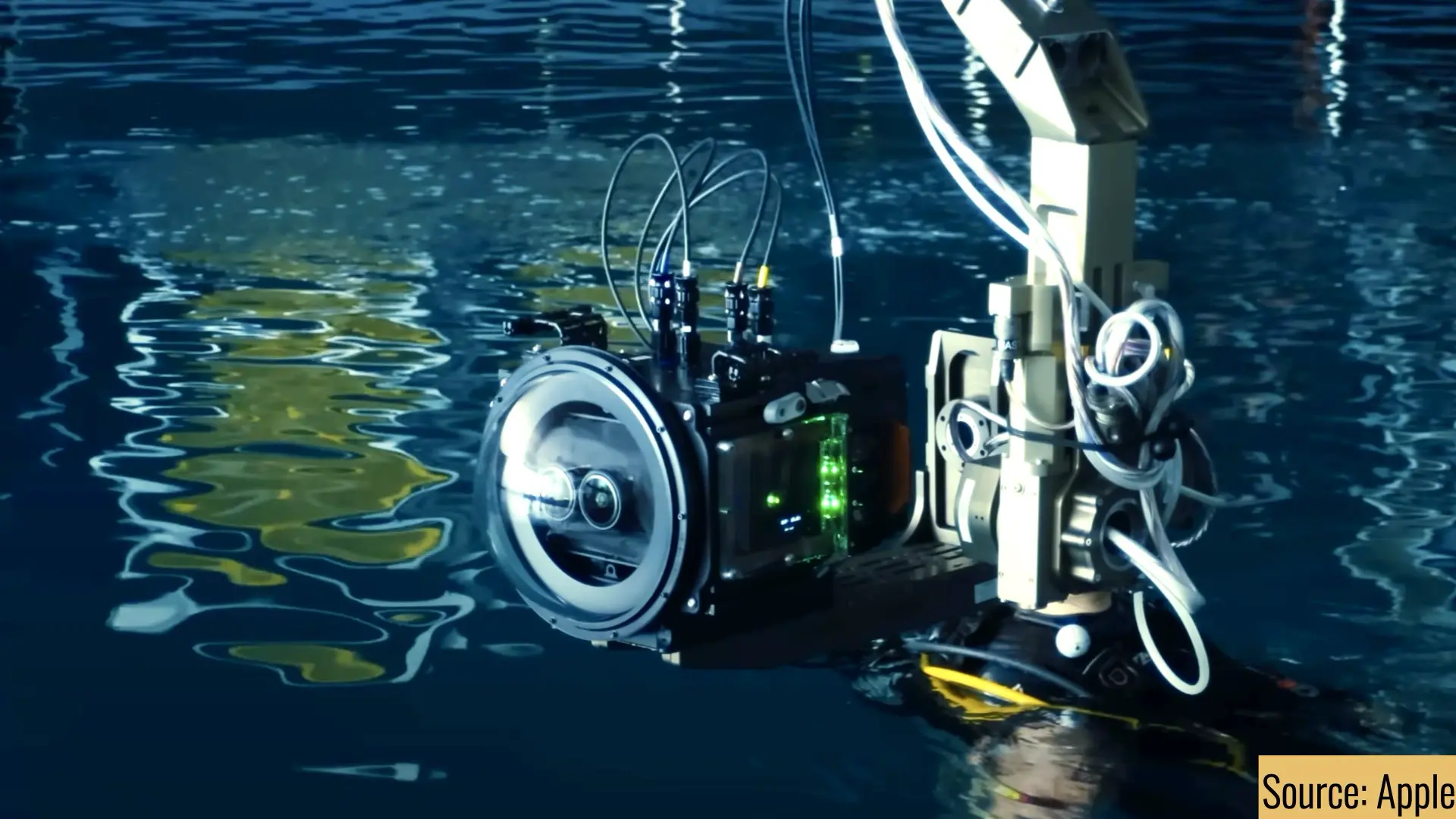
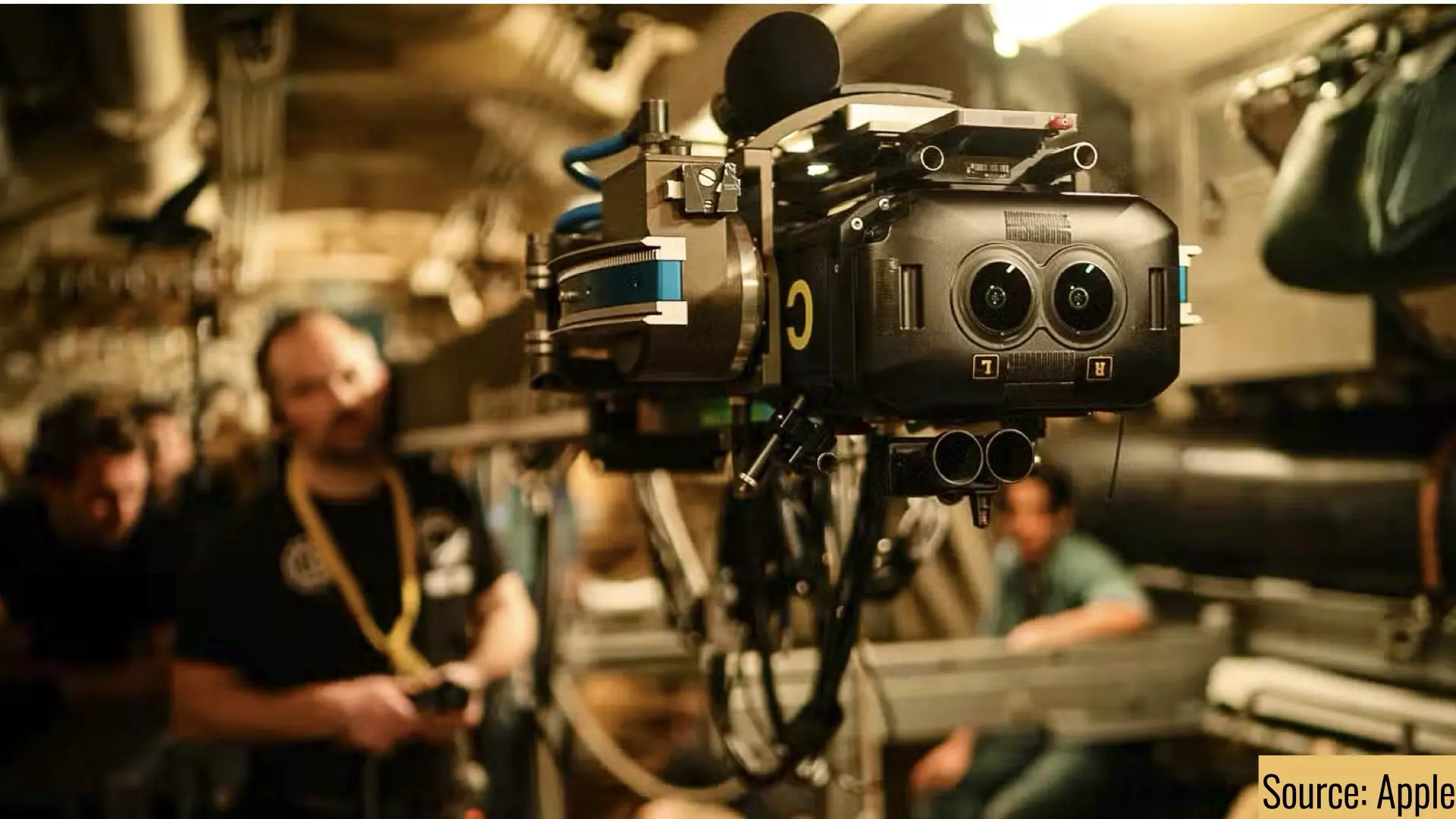
The adoption of these tools has been hindered by a persistent barrier: audience discomfort. Wearing glasses or head-mounted devices during extended viewing sessions detracts from the overall experience, making it difficult for even the most advanced technologies to gain traction. This discomfort is compounded by the high costs associated with producing and consuming 3D content, leaving filmmakers questioning the viability of immersive 3D cinema as a long-term investment.
And here’s the Blackmagic URSA Cine Immersive:
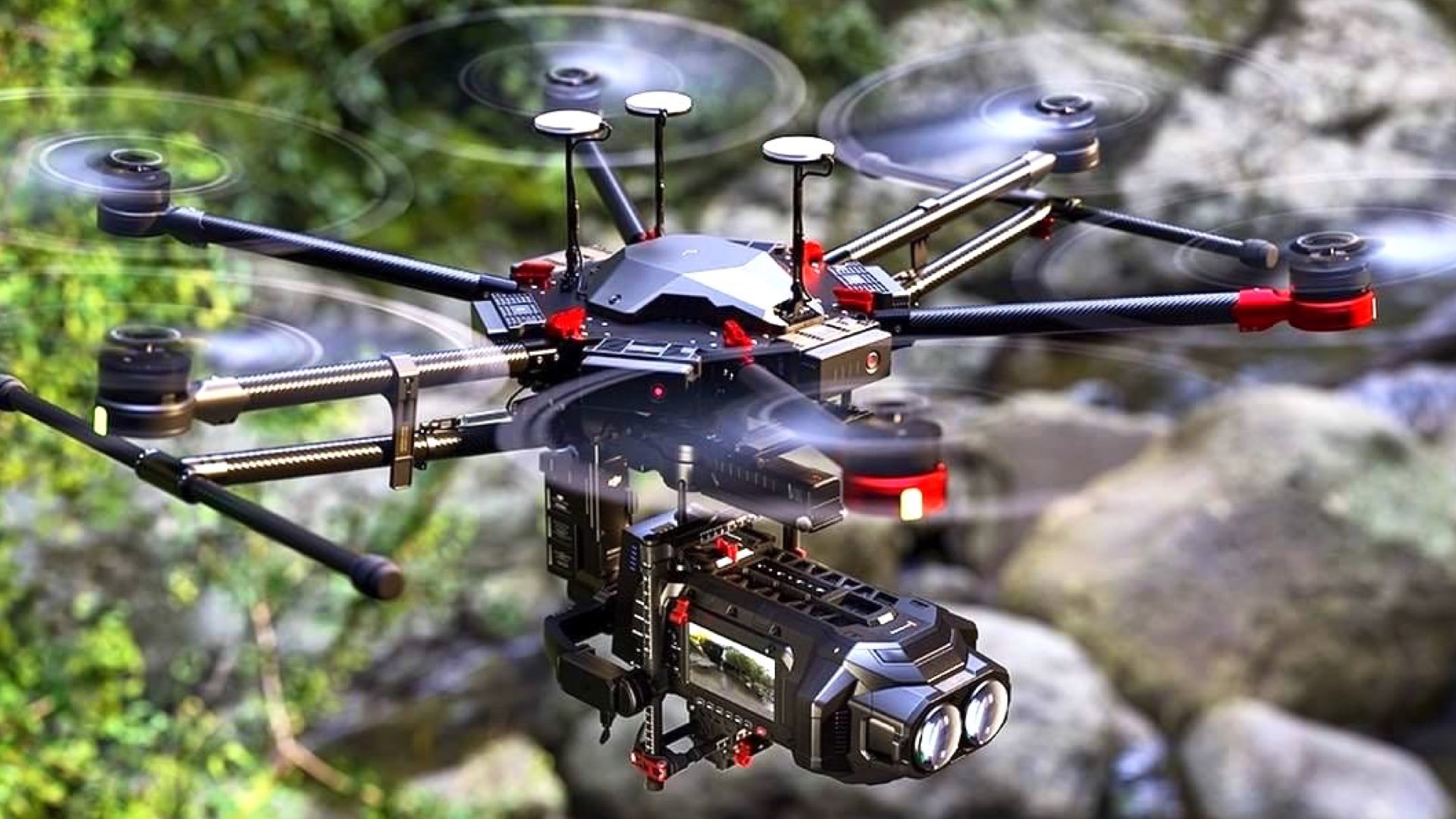
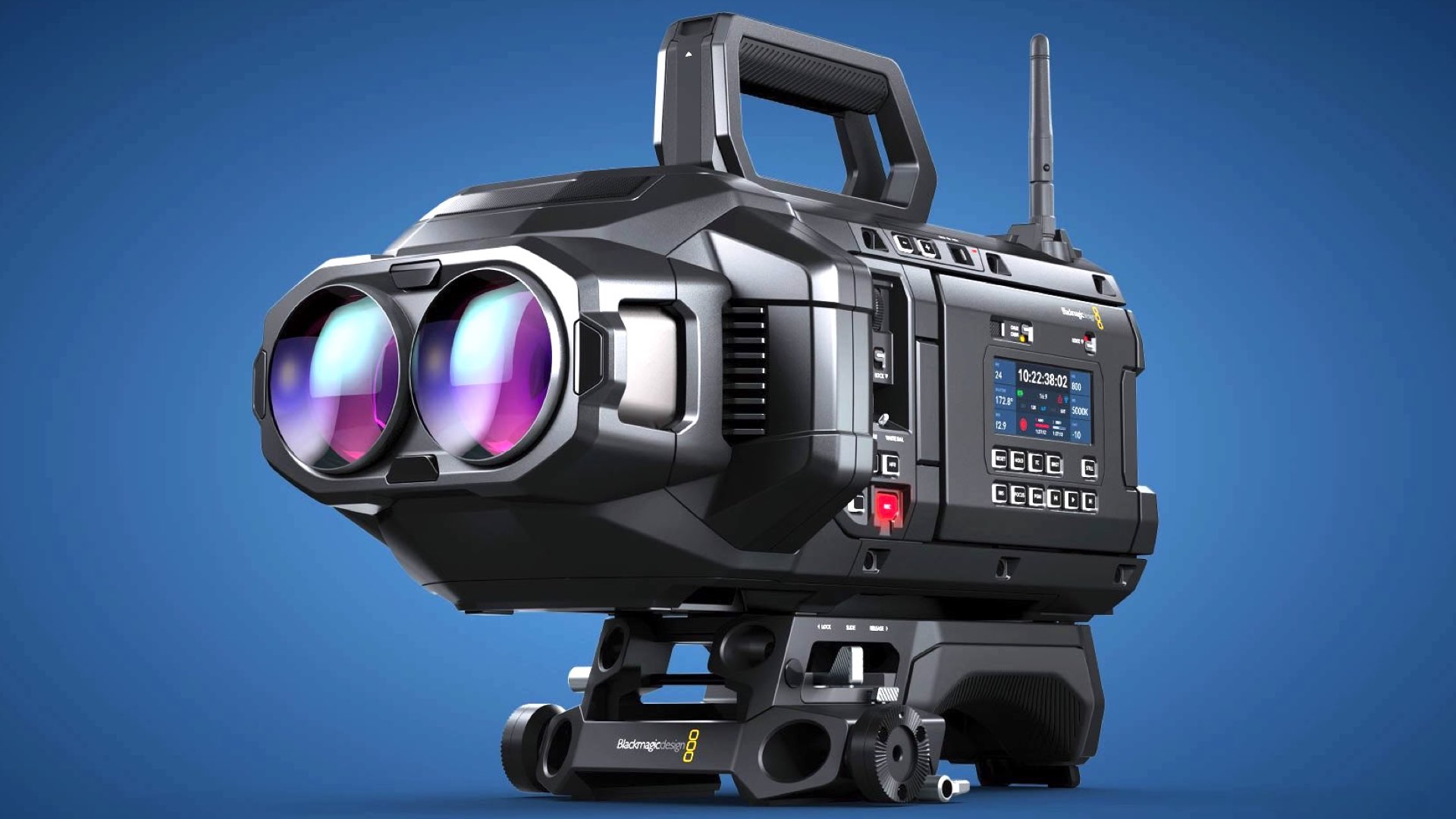


However, the adoption of these tools has been hindered by a persistent barrier: audience discomfort. Wearing glasses or head-mounted devices during extended viewing sessions detracts from the overall experience, making it difficult for even the most advanced technologies to gain traction. This discomfort is compounded by the high costs associated with producing and consuming 3D content, leaving filmmakers questioning the viability of immersive 3D cinema as a long-term investment. The limited success of major 3D cinema releases, despite their visual grandeur, underscores the uphill battle faced by immersive formats. Even groundbreaking films like Avatar and advancements in 3D cameras have struggled to overcome these inherent challenges. However, James Cameron is one of its kind – don’t forget that.
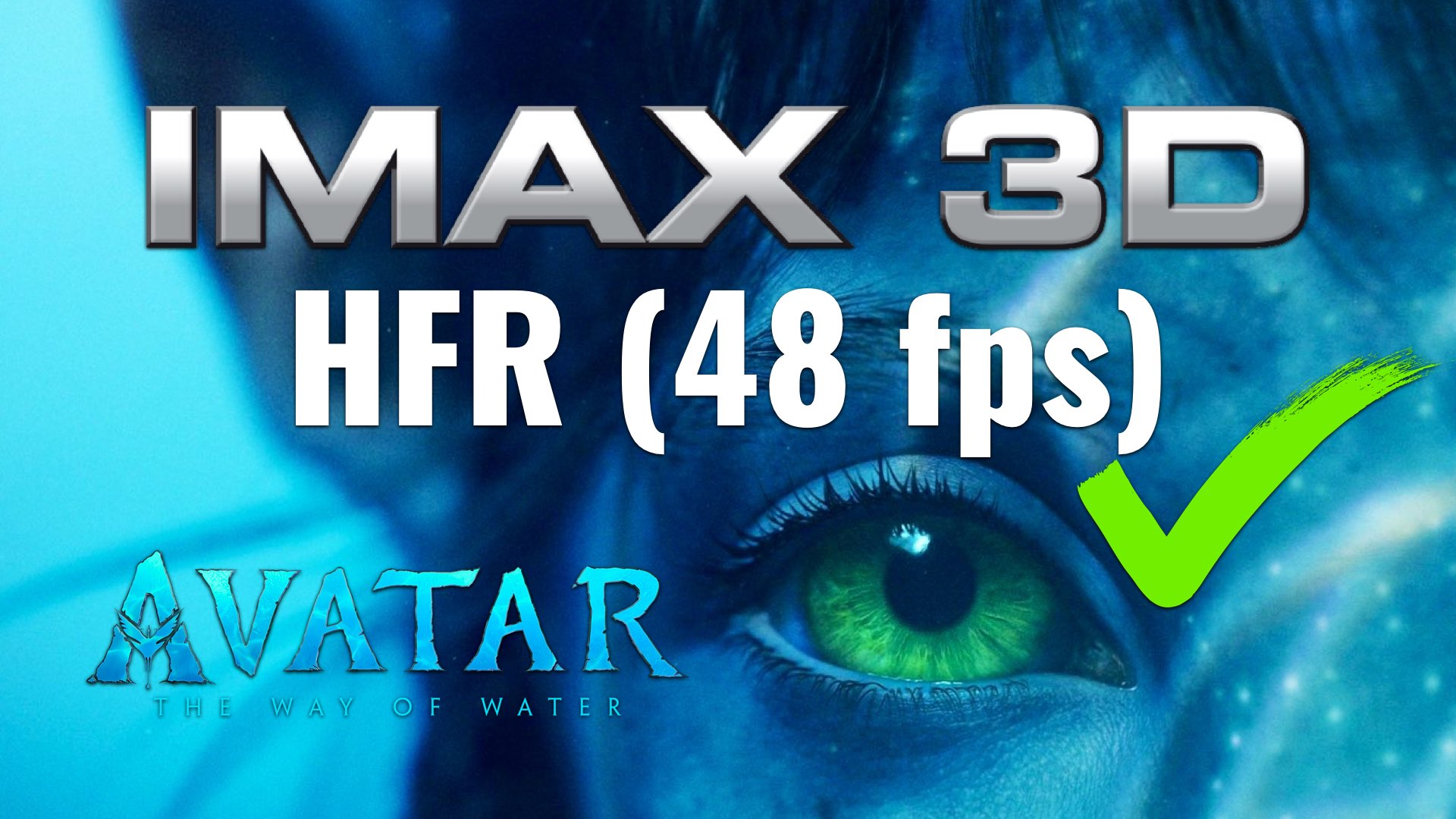
Vision Pro vs. Social Content Creation
Another critical flaw of the Vision Pro was its impact on social interaction. The device isolated users, transforming them into “zombies,” as argued in this opinion piece. Content creation, particularly filmmaking, is inherently collaborative. By immersing creators in a solitary environment, the Vision Pro disrupted the social phase of creation, which thrives on real-time feedback and human connection. For content creators, tools must enhance collaboration rather than neutralize it. The Vision Pro failed to address this need, making it an unappealing choice for filmmakers and creators who prioritize teamwork.
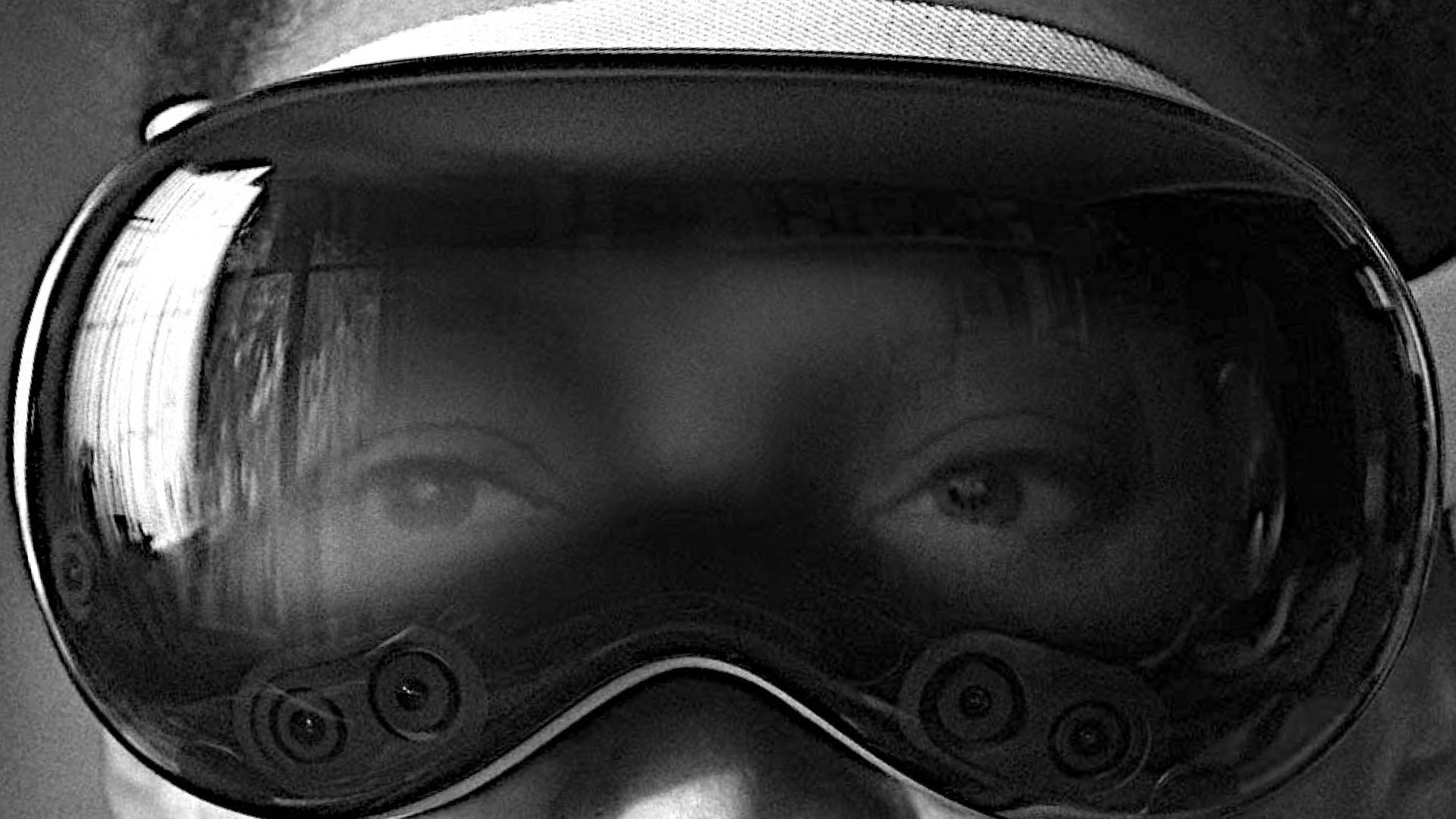
The Competitive Landscape
While Apple faltered, competitors like Canon are exploring alternative strategies. Canon’s AR/VR glasses patent aims to offer a lightweight, mass-market solution, avoiding the pitfalls of bulky headsets. Similarly, all other giants, like Meta, face struggles and challenges in this landscape.
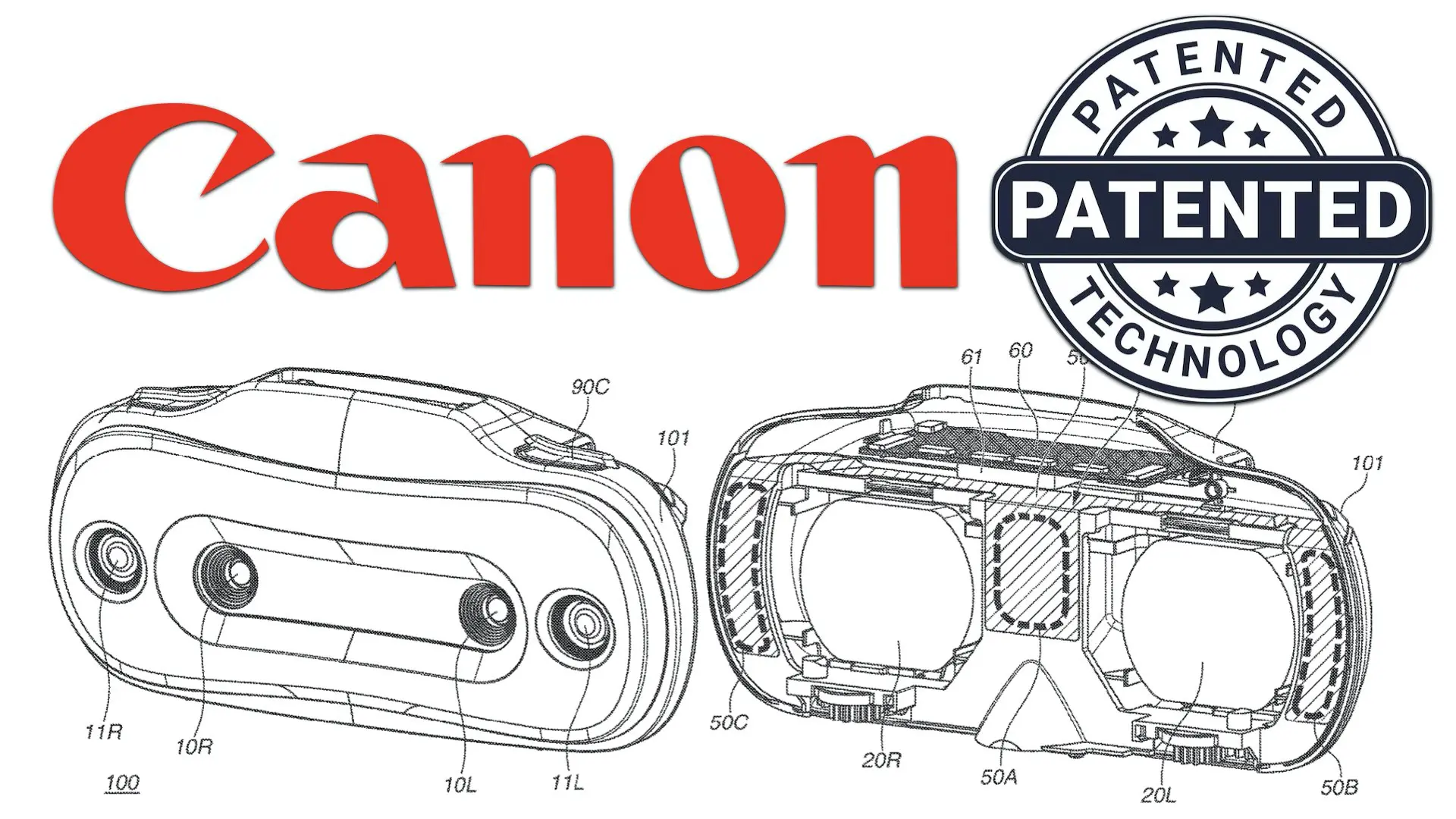
Lessons from 3D Cinema and Beyond
The failure of the Vision Pro underscores a recurring theme: technological innovation alone is insufficient. Adoption hinges on user comfort, affordability, and social integration. As noted in our analysis, the Vision Pro lacked these crucial elements, alienating its target audience. Apple’s decision to discontinue the Vision Pro’s first generation reflects these shortcomings. Yet, the company’s investment in AR/VR suggests it hasn’t abandoned the space entirely. Whether future iterations can address these issues remains to be seen. But overall, the vision has faded.
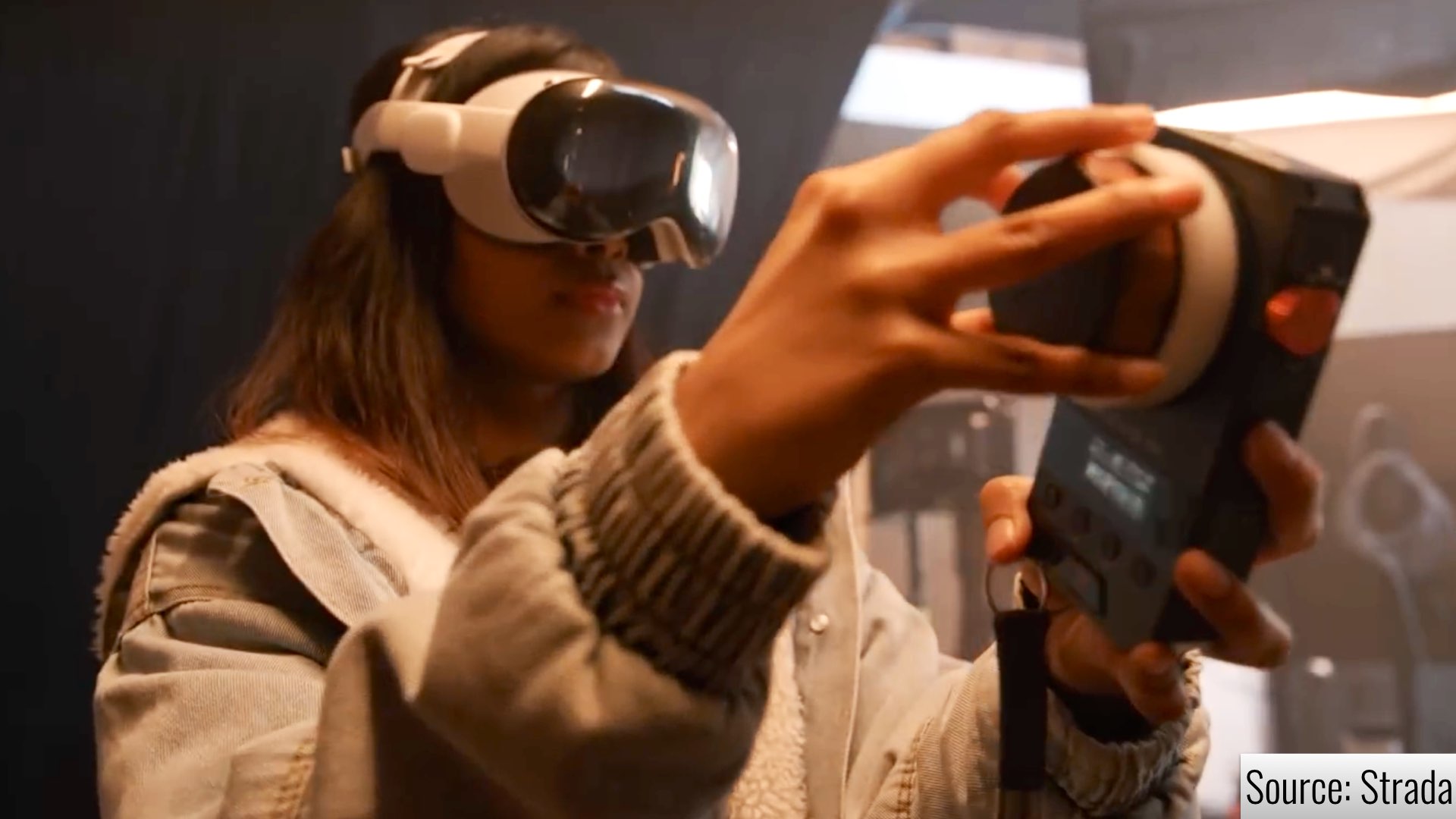
Conclusion
The Vision Pro’s journey highlights the complexities of introducing immersive technologies to a skeptical public. For filmmaking and content creation, the device’s isolationist design and steep learning curve proved insurmountable. As the industry moves forward, companies must balance innovation with accessibility, ensuring that tools empower creators without alienating them. The Vision Pro may not be Apple’s ultimate failure, but it serves as a stark reminder of the challenges in transforming futuristic concepts into practical, widely accepted tools. For now, the dream of immersive 3D cinema remains just that—a dream.

